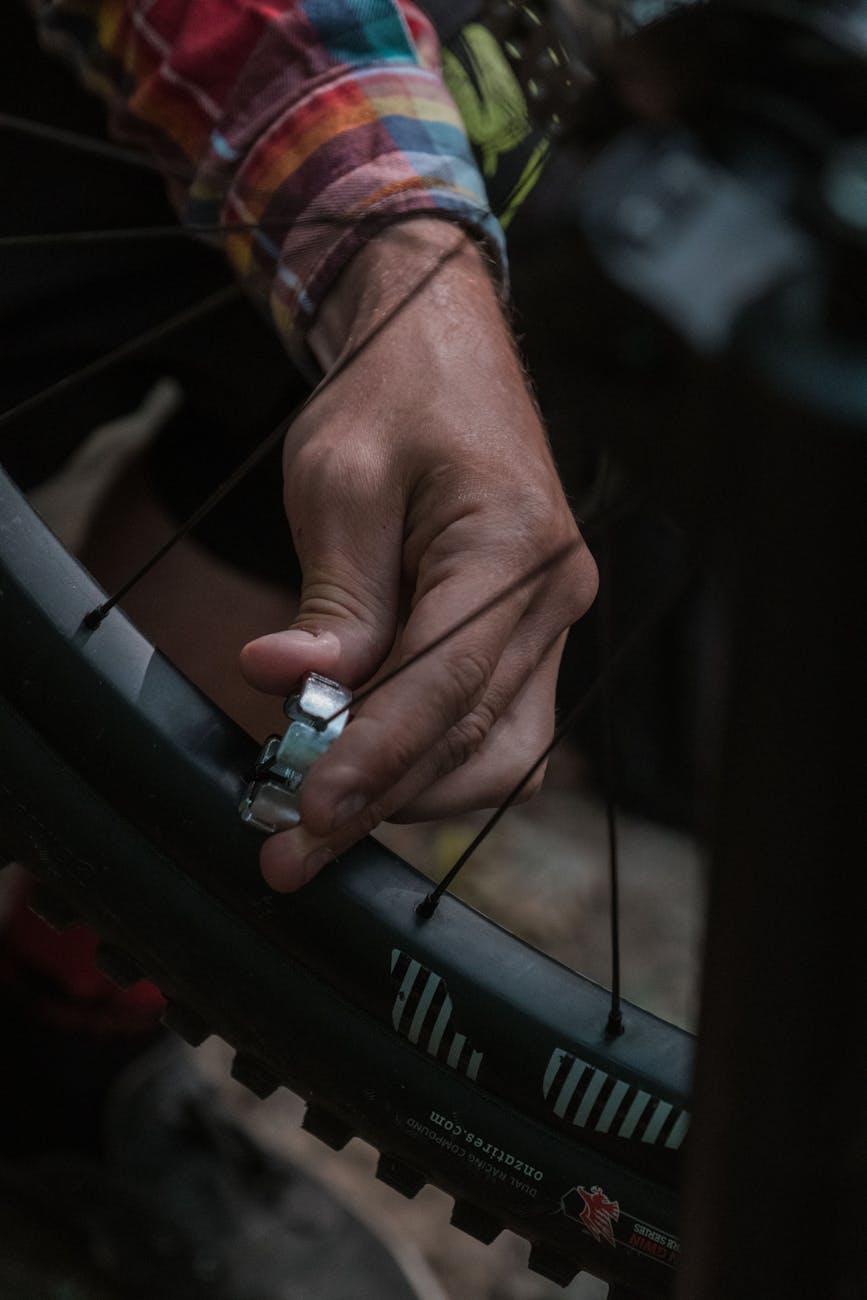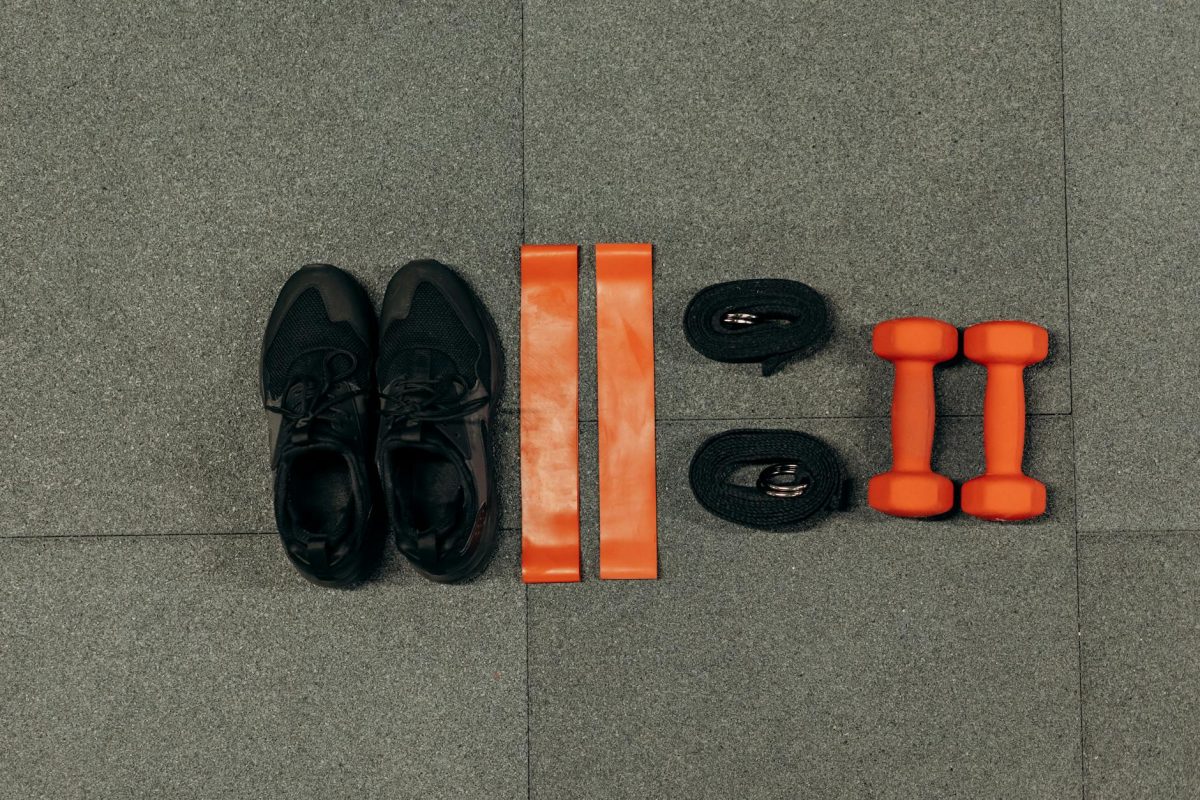Cycling is a fantastic way to stay active and enjoy the outdoors, but encountering a broken bike spoke can quickly turn a leisurely ride into a frustrating experience. Whether you’re a seasoned cyclist or just starting out, knowing how to fix a broken bike spoke is an essential skill to have. In this beginners’ guide, we’ll walk you through everything you need to know to get back on the road quickly and safely.
Understanding the Problem: Identifying a Broken Bike Spoke
The first step in fixing a broken bike spoke is identifying the issue. A broken spoke can cause your wheel to wobble, make unusual noises, or rub against the brakes. If you suspect a broken spoke, inspect your wheel carefully to locate the damaged spoke. It’s crucial to address the issue promptly to prevent further damage to your wheel or the surrounding spokes.
Gathering the Necessary Tools: What You’ll Need
Before attempting to fix a broken bike spoke, gather the necessary tools. You’ll need a spoke wrench, a replacement spoke of the correct length, a screwdriver, and a pair of pliers. These tools are essential for removing the broken spoke and installing the new one correctly. Having everything on hand will streamline the repair process and ensure your bike is back in working order in no time.
Step-by-Step Guide to Fixing a Broken Bike Spoke
1. Remove the Broken Spoke: Begin by removing the broken spoke from your wheel using a spoke wrench. Carefully unscrew the spoke nipple and detach the broken spoke from the wheel.
2. Install the New Spoke: Insert the replacement spoke into the hub and thread it through the appropriate holes in the wheel. Use your spoke wrench to tighten the nipple, ensuring the spoke is securely in place.
3. Adjust the Tension: Once the new spoke is installed, check the tension of the surrounding spokes. Use your spoke wrench to adjust the tension as needed, ensuring that the wheel is well-balanced and spins smoothly.
4. True the Wheel: To true the wheel, spin it slowly and observe any wobbles or unevenness. Make small adjustments to the tension of the spokes as necessary to straighten the wheel and eliminate any wobbles.
Tips for Preventing Future Breakages
Preventing future broken spokes is essential for maintaining the longevity of your bike. Here are some tips to help minimize the risk of spoke breakage:
– Regular Maintenance: Schedule routine maintenance checks to ensure your spokes are in good condition.
– Avoid Overloading: Avoid carrying heavy loads on your bike, as this can put excess stress on the spokes.
– Proper Inflation: Keep your tires inflated to the recommended pressure to prevent excessive strain on the wheel.
By following these tips and techniques, you’ll be well-equipped to fix a broken bike spoke and get back on the road with confidence. Remember, practice makes perfect, and don’t hesitate to seek professional help if you encounter any difficulties. Happy cycling!

